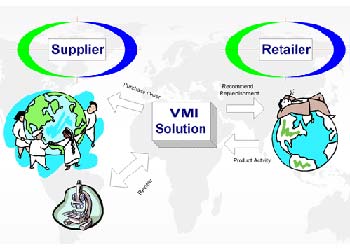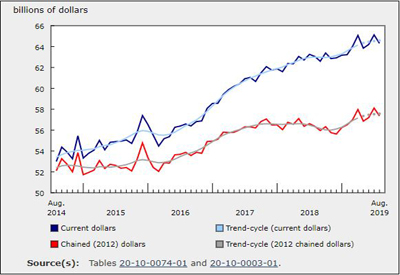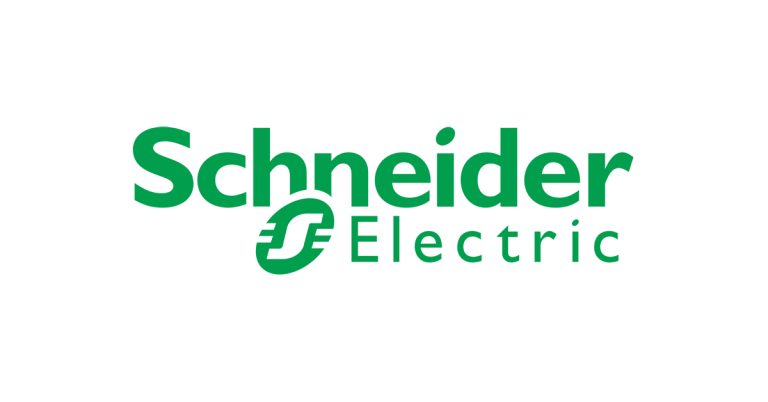Vendor Managed Inventory — Business Results from a 2-Year Cumulative Study

To analyze the business benefits of VMI, Datalliance looked at the key business metrics of sales, inventory turns, and out of stocks before and after VMI for locations that have been using VMI for two years. Our sample set contained 65 location relationships spread across 12 distributors representing over 20,000 stock keeping units.
All three of the business metrics realized an initial improvement in year one and continued to improve in year two, posting substantial cumulative improvement across all of the metrics for the full two year period.
In year one, VMI’s greatest impact was in inventory management. By having the right products available at the right time, inventory turns increased and out of stocks decreased. Predictably, in year two, sales increased as VMI helped suppliers and distributors with a more effective product mix, better fill rates, more items to sell, efficient product introductions, and improved pricing and promotion strategies.
VMI has proven to be an effective tool to improve sales, increase inventory turns, and enhance customer service. The analysis concludes that sales, inventory turns and out of stocks all improve in the first year of using VMI. More significantly, the analysis shows that these improvements are not a one-time benefit. Rather, the business results continue to improve in all three of these critical business metrics in the second year of VMI.
Business results of VMI
1. Increased sales. The data show a 13% increase in sales at the average location in year one and an additional 30% increase in year two. The cumulative improvement in sales over the full two-year period of using VMI was 47%. The results were widespread with 72% of the locations improving sales by greater than the industry norm of 5%.
Why the increase in sales? Distributors are rewarding suppliers that use VMI with more business. VMI makes trading partnerships easier, less expensive and therefore more profitable. Additionally, distributors realize that VMI helps them carry less inventory and provide better customer service. This increased profitability and efficiency is a result of several additional factors that go beyond the numbers:
• the VMI process increases the amount of items available to sell and improves inventory fill rates
• suppliers are able to improve their product mix and optimize new product introductions
• distributors enhance their promotion and pricing strategies
2. Improved inventory turns. After one year of using VMI, our sample set had increased inventory turns by 22%. Following the second year of VMI, these same locations realized an additional improvement of 13% in inventory turns for a cumulative improvement over the two-year period of 38%.
In our sample set, the average location was turning their inventory 4.9 times per year before VMI. This rate is already faster than industry averages. At the conclusion of the study period, these same locations were turning their inventory 6.8 times per year.
Inventory carrying costs is the second largest expenditure for a distributor after employee compensation. The VMI process reduces this financial burden and therefore facilitates growth in profit. After the second year of VMI, distributors experienced a 38% reduction in inventory carrying costs. This dramatic decrease in inventory investment is another reason for such expanded profits.
Enhanced customer service
Before VMI, the typical location in our sample set was out of stock on 5% of the items they intended to have on the shelf. For the industries in our sample, these out of stock levels are viewed as acceptable. Out of stock improvements occurred with items that sell both frequently and infrequently, although most of the items analyzed were inventory items that sell uncommonly. Our customers report that although these are the most difficult items to manage, they present the greatest opportunity to enhance customer service. More specifically, the results show a 41% reduction in out of stocks after using VMI for one year. In year two, the same locations realized an additional 6% reduction in stock-outs for a cumulative reduction of 45% over the two-year period.
To see if these data were an anomaly, we looked across all locations and saw that 72% of the locations improved out of stocks in year one and 60% realized additional improvement in year two. Keep in mind that some of the locations had NO out of stocks in the period of time before we started VMI. Additionally, 3% more items were being stocked after VMI was implemented.
Together, the increase in items on the shelf and the decrease of out of stocks resulted in a 6% increase in the number of items available. This is a significant increase in service levels to the end user, as well as in potential sales for both the distributors and suppliers.
Conclusion
Sales, inventory turns, and out of stocks all improved with VMI after one year and continued to improve in year two. On a cumulative basis,
• sales increased 47%
• inventory turns improved 38%
• out of stocks improved 45%
In year one, 65% of the locations improved in two out of the three business metrics, and in year two, 69% of the locations continued to improve in two out of three of business metrics measured. VMI can help deliver immediate business benefits and sustain ongoing improvement creating competitive advantage for suppliers and their distributor customers.
How the VMI process works
With VMI, suppliers generate orders based on mutually agreed upon objectives for inventory levels, fill rates and transaction costs, and demand information sent by their distributor customers. In this process, the buying function moves from the distributor back to the supplier, who takes over responsibility for placing orders.
The distributor sends sales and inventory data to the supplier on a pre-arranged schedule — typically, daily — and the VMI system determines what should be ordered based on criteria established by the supplier and distributor. The supplier monitors the inventory status information to make sure that the distributor always has the appropriate amount of stock on hand when needed. The distributor can override the system when necessary; for example, if they anticipate an increased demand in the market.
Tom Hoar is Director of Sales Electrical, Datalliance. Datalliance is the world’s largest independent VMI service provider, and in Canada currently works with 3 electrical suppliers and 13 distributors encompassing around 150 locations; Tel: 513-794-4485 513-794-4485; thoar@datalliance.com, www.datalliance.com
513-794-4485; thoar@datalliance.com, www.datalliance.com











